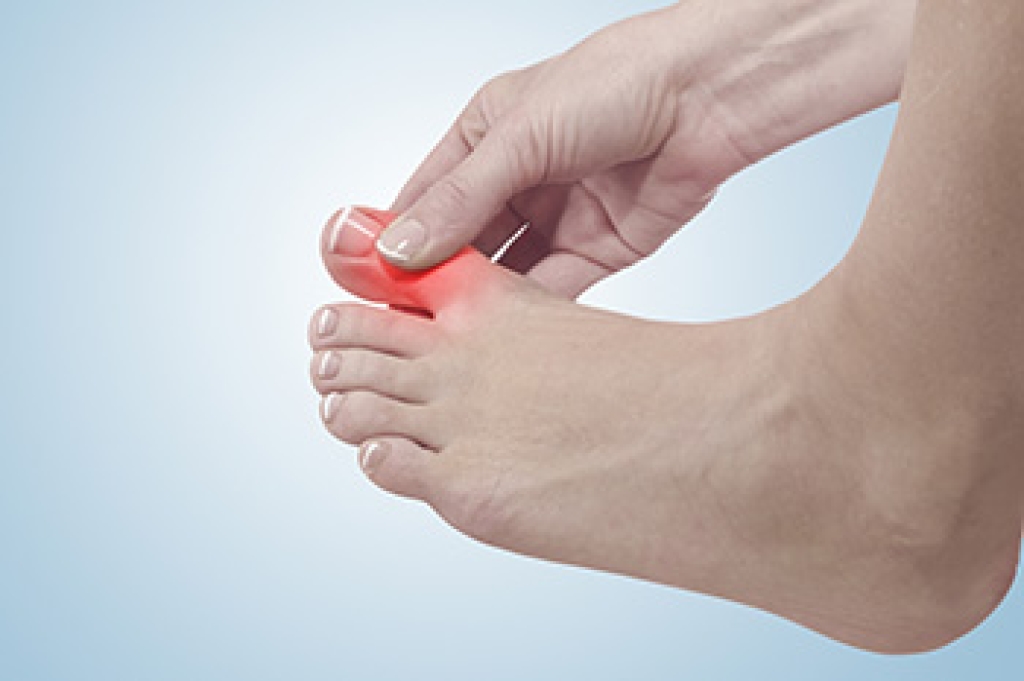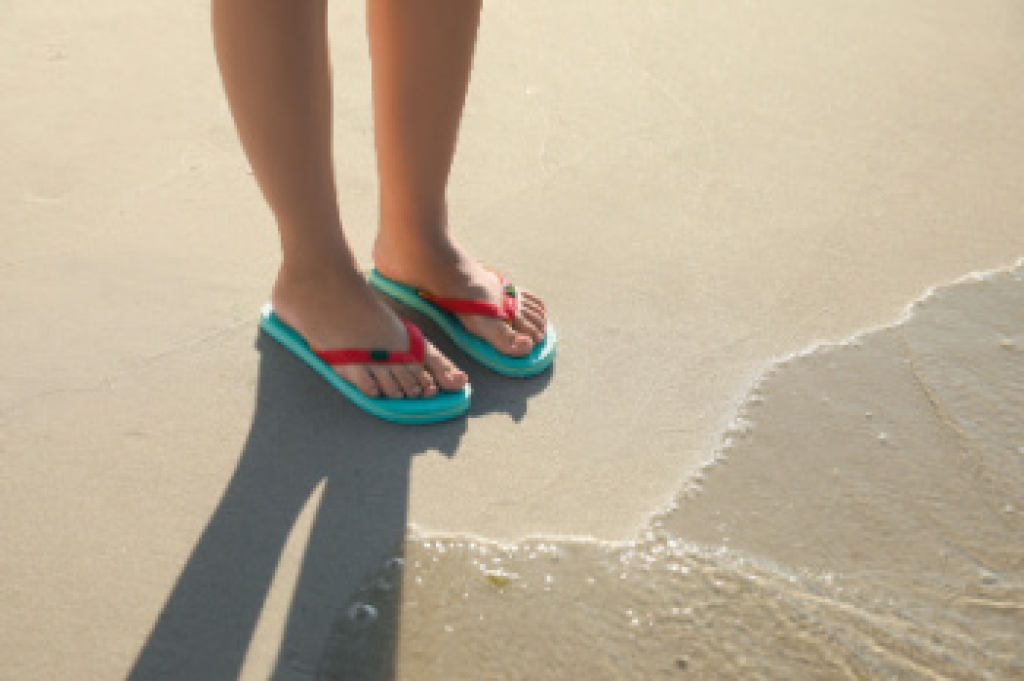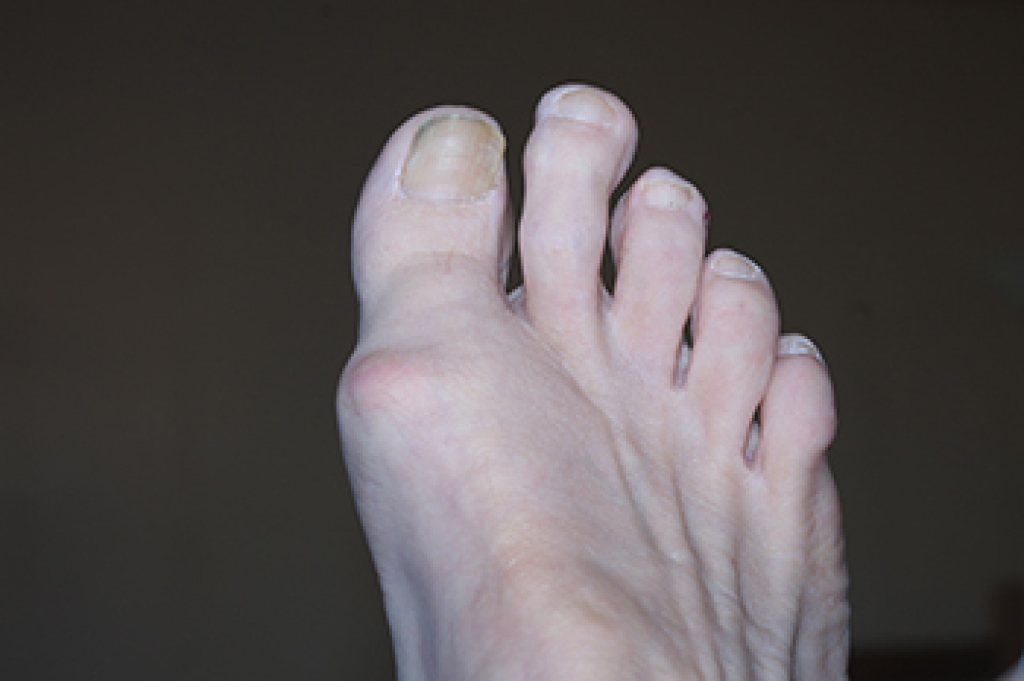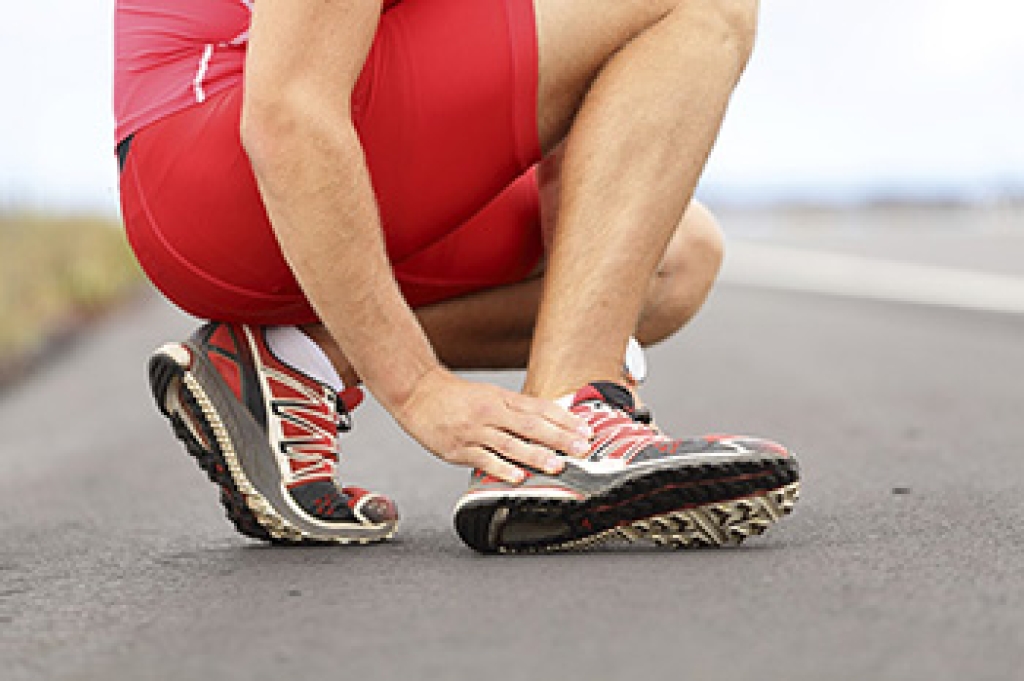
Gout is a form of arthritis caused by a buildup of uric acid in the blood, leading to sharp crystals forming in the joints, most commonly in the big toe. This condition often results from diets high in purines, which are found in red meat, shellfish, alcohol, and sugary drinks. Symptoms include sudden, intense pain, redness, swelling, and warmth in the affected joint, which may feel tender even to a light touch. Attacks can come on quickly, often at night, and can last for days or weeks. The affected area may appear shiny or purplish, and feel stiff or hot. A podiatrist can help diagnose gout through physical examination, blood tests, and imaging to detect joint inflammation or uric acid crystals. Managing gout often requires changes in diet and lifestyle, along with medications to reduce uric acid levels and inflammation. This type of doctor can offer guidance on foot care, proper footwear, and prevention strategies. If you are dealing with painful gout, it is suggested that you are under the care of a podiatrist who can help you to manage this uncomfortable condition.
Gout is a painful condition that can be treated. If you are seeking treatment, contact one of our podiatrists from Lewis Wolstein, DPM, P.C. & Associates. Our doctors will treat your foot and ankle needs.
What Is Gout?
Gout is a form of arthritis that is characterized by sudden, severe attacks of pain, redness, and tenderness in the joints. The condition usually affects the joint at the base of the big toe. A gout attack can occur at any random time, such as the middle of the night while you are asleep.
Symptoms
- Intense Joint Pain - Usually around the large joint of your big toe, and it most severe within the first four to twelve hours
- Lingering Discomfort - Joint discomfort may last from a few days to a few weeks
- Inflammation and Redness -Affected joints may become swollen, tender, warm and red
- Limited Range of Motion - May experience a decrease in joint mobility
Risk Factors
- Genetics - If family members have gout, you’re more likely to have it
- Medications - Diuretic medications can raise uric acid levels
- Gender/Age - Gout is more common in men until the age of 60. It is believed that estrogen protects women until that point
- Diet - Eating red meat and shellfish increases your risk
- Alcohol - Having more than two alcoholic drinks per day increases your risk
- Obesity - Obese people are at a higher risk for gout
Prior to visiting your podiatrist to receive treatment for gout, there are a few things you should do beforehand. If you have gout you should write down your symptoms--including when they started and how often you experience them, important medical information you may have, and any questions you may have. Writing down these three things will help your podiatrist in assessing your specific situation so that he or she may provide the best route of treatment for you.
If you have any questions, please feel free to contact our office located in Co-Op City, NY . We offer the newest diagnostic and treatment technologies for all your foot care needs.




